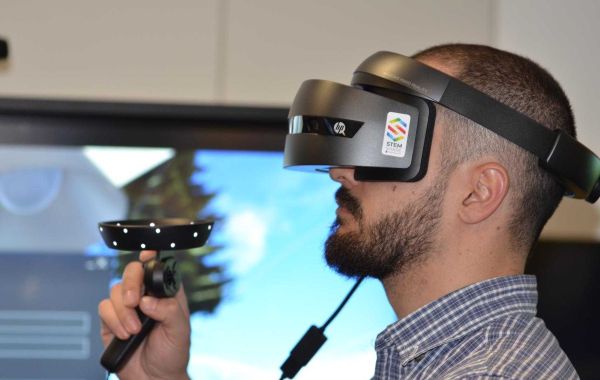Immersive Design Experiences
VR technology has transcended the limitations of traditional blueprints and 2D renderings, offering architects, urban planners, and clients immersive experiences that bring designs to life. Through VR headsets, stakeholders can walk through virtual models, gaining a realistic sense of scale, spatial relationships, and ambiance that conventional methods cannot convey.
Enhanced Collaboration and Communication
One of VR's most profound impacts lies in its ability to facilitate collaboration among stakeholders. Architects, engineers, developers, and clients can virtually inhabit and interact with proposed spaces, fostering better communication, faster decision-making, and a deeper understanding of design intent.
Streamlined Design Iterations
VR accelerates the design iteration process. Architects can swiftly modify elements within the virtual environment, instantly visualizing the impact of changes. This agility enhances creativity and efficiency, allowing for more experimentation and refinement before physical construction begins.
Urban Planning and Community Engagement
In urban planning, VR becomes a tool for community engagement. It enables residents to virtually explore proposed developments, providing valuable feedback and fostering a sense of ownership in the planning process. This inclusivity helps in designing spaces that better align with the community's needs and desires.
Challenges and Opportunities
While VR presents transformative opportunities, challenges exist. High costs, technological barriers, and the need for specialized skills can hinder widespread adoption. However, as technology advances and becomes more accessible, these barriers are gradually diminishing.
Future Prospects
The future of VR in architecture and urban planning is promising. As hardware becomes more affordable and software more sophisticated, VR will likely become an integral part of the design process, from initial concepts to public presentations and beyond








